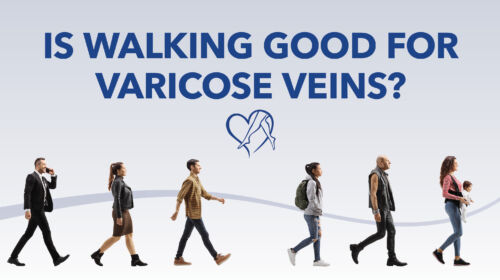
Can Constipation Cause Leg Pain?
Constipation and leg pain might seem unrelated—but your body tells a different story. Straining, pressure, or even posture on the toilet can affect circulation, nerves, and muscles in your legs, especially if you already have varicose veins or chronic venous insufficiency. In this science-backed guide, Center for Vein Restoration explains how constipation can worsen vein-related symptoms like swelling, heaviness, or aching, and why a quick, painless vein evaluation could be the key to lasting relief.

Yes, Young Adults Can Get Varicose Veins. Learn Why.
Varicose veins aren’t just an issue for older adults; young people in their 20s, 30s, and 40s can develop them, too. In this medically reviewed blog, a Center for Vein Restoration vein specialist explains how genetics, hormones, height, and lifestyle factors contribute to early-onset venous insufficiency. Learn the early signs of vein disease, why leg pain or visible veins shouldn’t be ignored, and how today’s minimally invasive treatments can help restore healthy circulation and confidence at any age.

Venous Thromboembolism vs. Deep Vein Thrombosis: Similarities and Differences
Confusing venous thromboembolism (VTE) and deep vein thrombosis (DVT) is easy—they both involve dangerous blood clots in the veins—but knowing the difference can save your life. This medically reviewed blog from Center for Vein Restoration explains how DVT and VTE overlap, how they differ, and why early diagnosis and treatment are essential to prevent serious complications like pulmonary embolism. Learn from a board-certified vein expert how to recognize warning signs, manage your risk, and protect your long-term vein health.
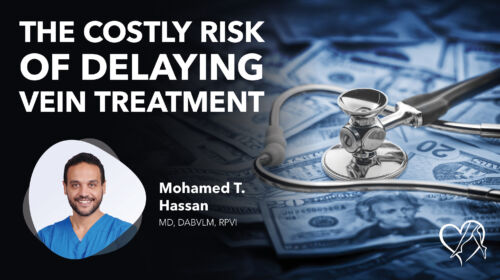
The Costly Risk of Delaying Vein Treatment
Chronic venous insufficiency (CVI) affects more than 25 million Americans, yet many delay or mismanage treatment—leading to pain, swelling, ulcers, and costly complications. This medically reviewed blog by Dr. Mohamed Hassan explains why early diagnosis and minimally invasive vein treatments are essential to prevent disease progression, reduce healthcare costs, and restore comfort and mobility.
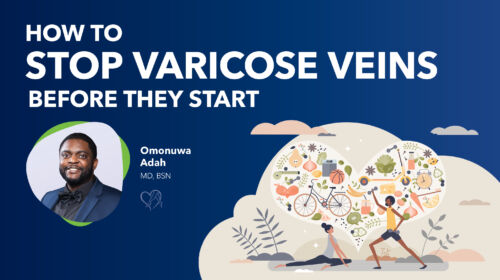
How to Stop Varicose Veins Before They Start
Varicose veins aren’t just a cosmetic concern — they’re a sign of poor circulation and vein disease. In this blog, a vein expert Center for Vein Restoration shares proven ways to prevent varicose veins, from exercise and diet to compression therapy and healthy lifestyle changes. Learn how to reduce your risk of venous insufficiency, protect your legs from pain and swelling, and keep your veins strong with the nation’s leading vein specialists.
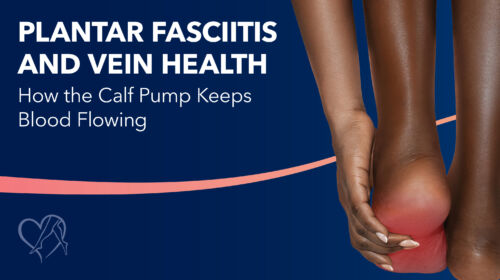
Plantar Fasciitis and Vein Health: How the Calf Pump Keeps Blood Flowing
Discover how plantar fasciitis and vein health are connected through the calf muscle pump, your body’s “second heart.” Learn how walking, supportive footwear, and expert care from Center for Vein Restoration (CVR) can improve circulation, reduce varicose and spider veins, and keep your legs healthy and pain-free.
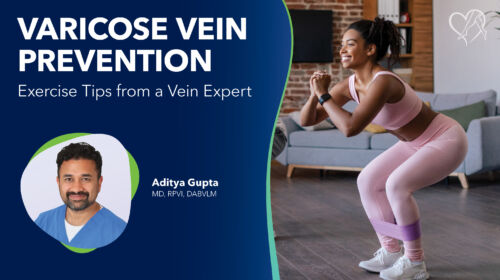
Varicose Vein Prevention: Exercise Tips from a Vein Expert
This vein health blog explores how exercise supports circulation and helps prevent varicose veins and spider veins, with expert insights from Dr. Aditya Gupta of Center for Vein Restoration. Discover the best calf-strengthening exercises, practical tips for daily life, and when to see a vein specialist for lasting relief.
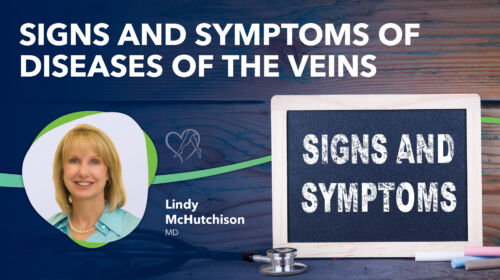
Signs and Symptoms of Diseases of the Veins
Vein problems like varicose veins, spider veins, and chronic venous insufficiency (CVI) can cause leg pain, swelling, skin changes, and even ulcers—but too often, these warning signs are dismissed as just part of getting older. This blog, medically reviewed by a board-certified vein expert from Center for Vein Restoration, explains what causes varicose veins, the early symptoms you shouldn’t ignore, and why timely vein treatment is so important. You’ll learn how to spot vein disease before it progresses, what self-care and minimally invasive options are available, and when to see a vein doctor.
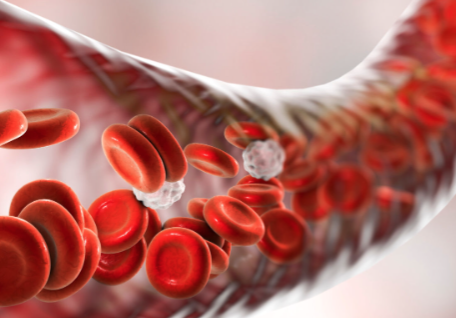 About Vein Disease
About Vein Disease
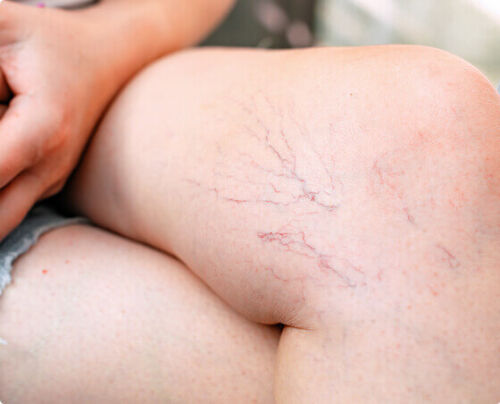 Spider Veins
Spider Veins
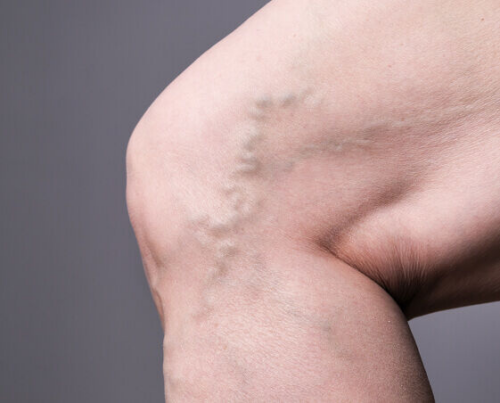 Varicose Veins
Varicose Veins
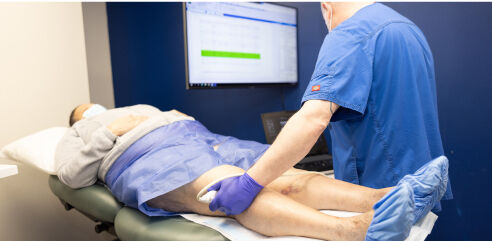 Vein Disease Treatments
Vein Disease Treatments
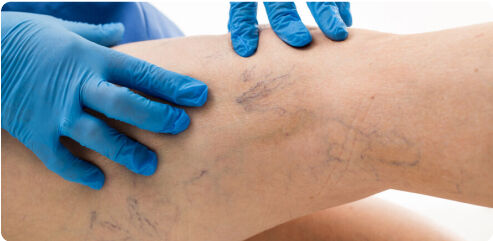 Treating Spider Veins
Treating Spider Veins
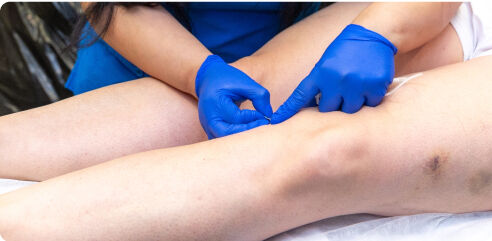 Treating Varicose Veins
Treating Varicose Veins
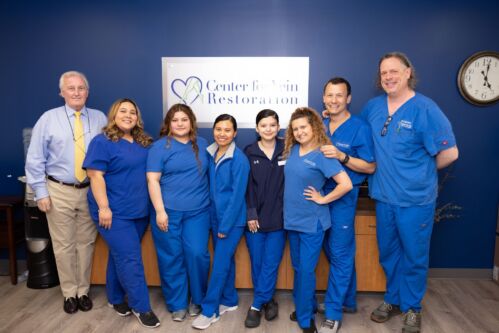 About Us
About Us
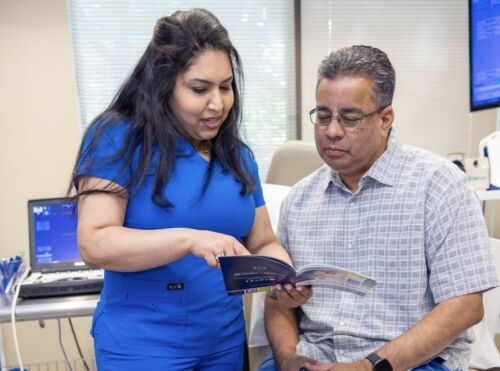 Patient Resources
Patient Resources
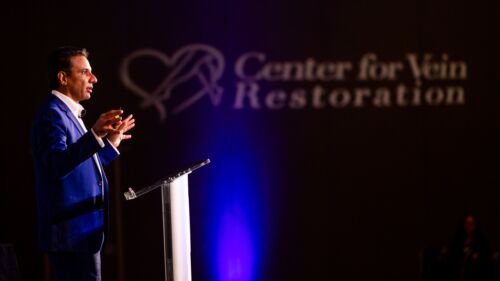 Physician Resources
Physician Resources
